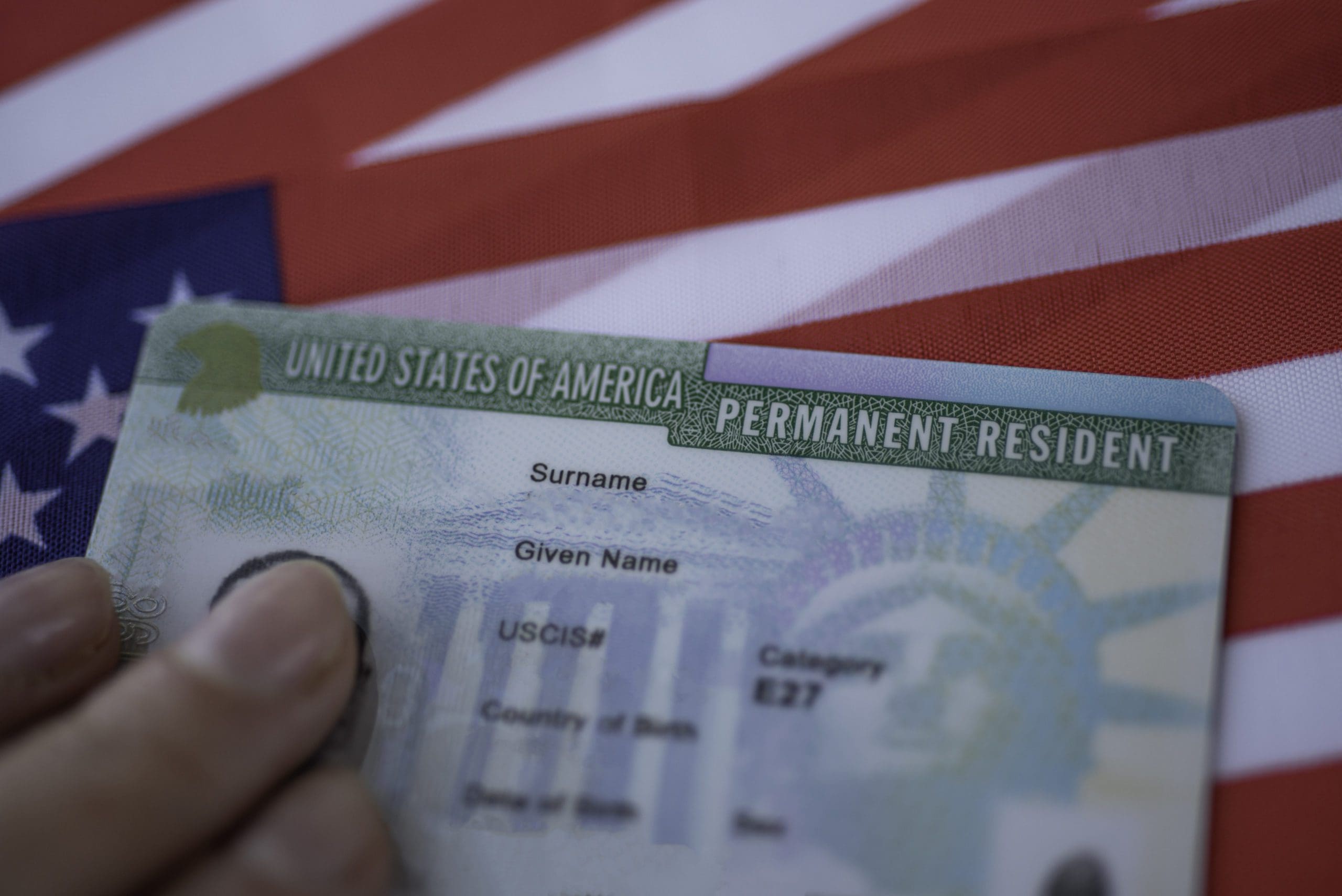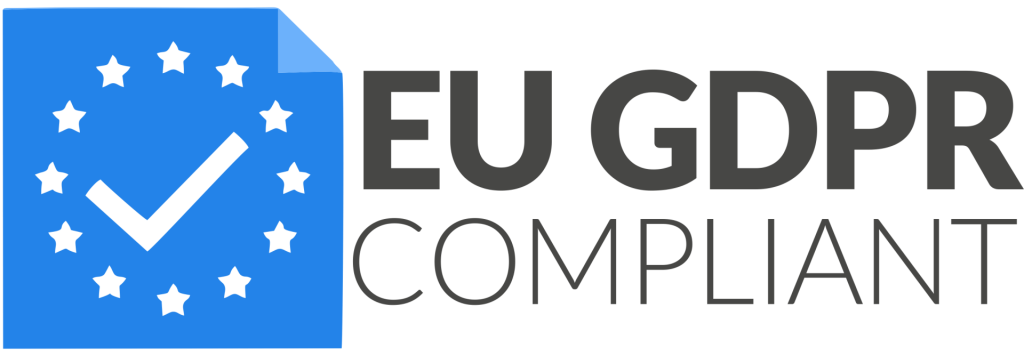Sustainability is no longer a side project; it is now a procurement requirement. Brands ask for verified reductions in material use and transport emissions for 2025–2026. Consolidators can lead by redesigning cartonization rules and switching to right-size packaging. Less void fill and fewer oversized boxes mean lower DIM charges and fewer trucks on the road. Right-sizing starts with accurate product dimensions and a smarter pack algorithm. The software chooses the smallest safe carton and suggests bundling compatible items. This reduces damage rates while keeping weight and volume down. Over time, those small improvements compound into noticeable cost savings. Recycled and mono-materials are also trending because they simplify downstream recycling. Paper-based tapes, molded pulp inserts, and curbside-recyclable films reduce contamination. Carriers increasingly prefer these materials because they compress better in trailers. The network moves more parcels per trip, and emissions per shipment fall. Returnable packaging is gaining traction for B2B and high-value B2C flows. Durable totes circulate between micro-hubs and customers with app-based deposit programs. When paired with consolidation, return legs are inexpensive and predictable. That keeps materials in use longer and reduces total lifecycle cost. Credible reporting matters as much as the improvements themselves. Provide monthly dashboards that show material saved, DIM reduction, and estimated CO₂ avoided. Tie those metrics to SKU families and lanes so brands can learn and iterate. Sustainability wins when it is quantified and operationalized, not just promised.
Sustainable Packaging That Cuts Costs, Not Corners


































